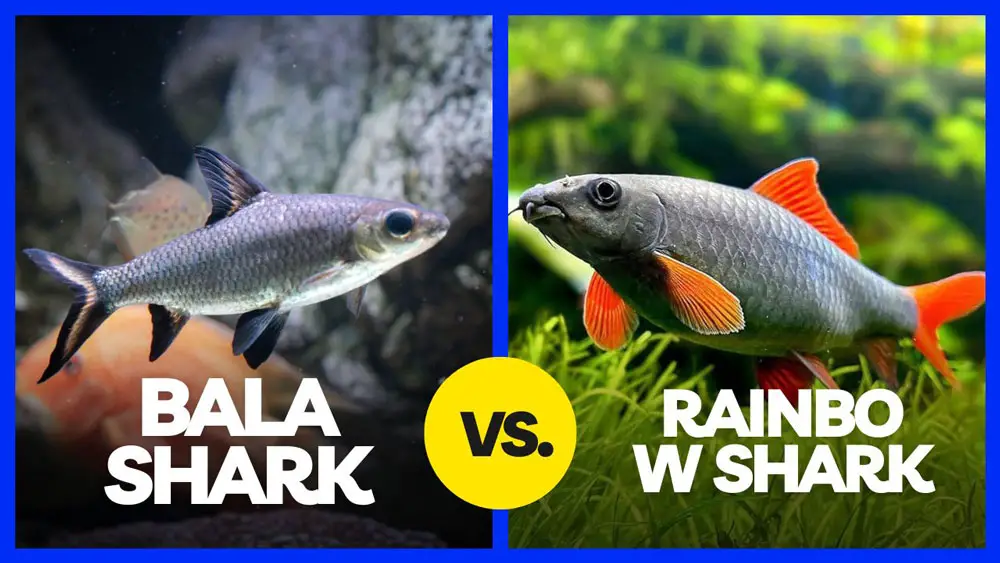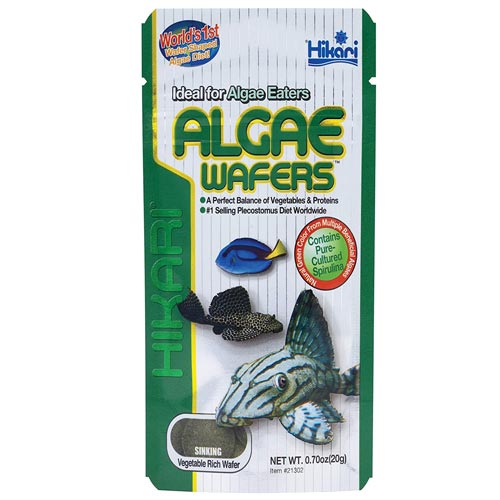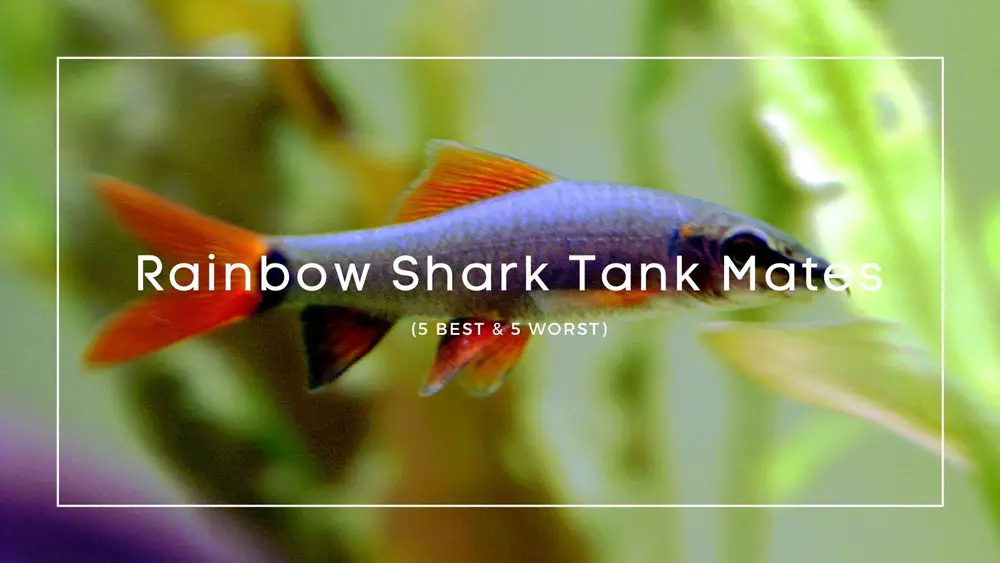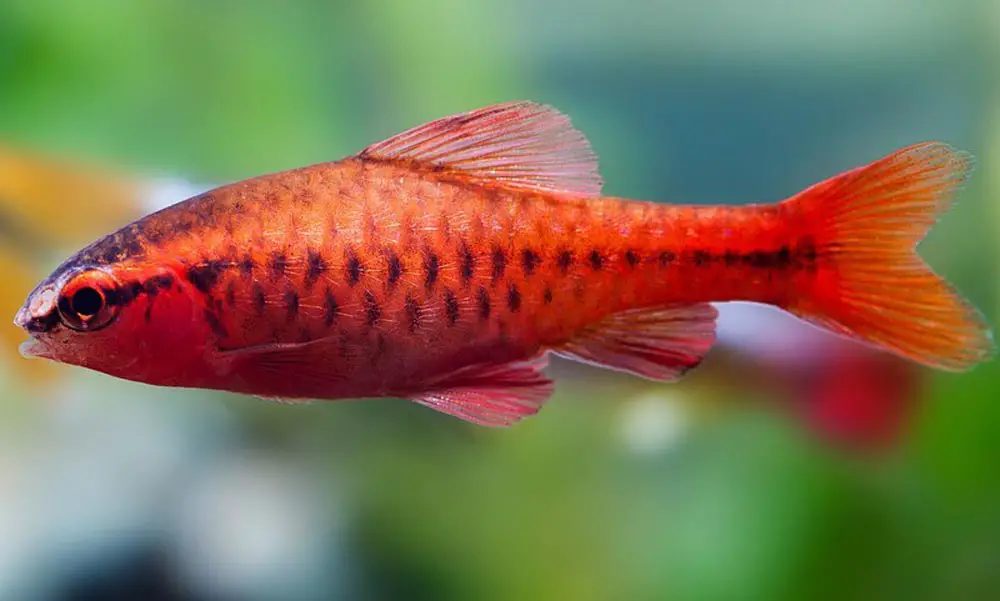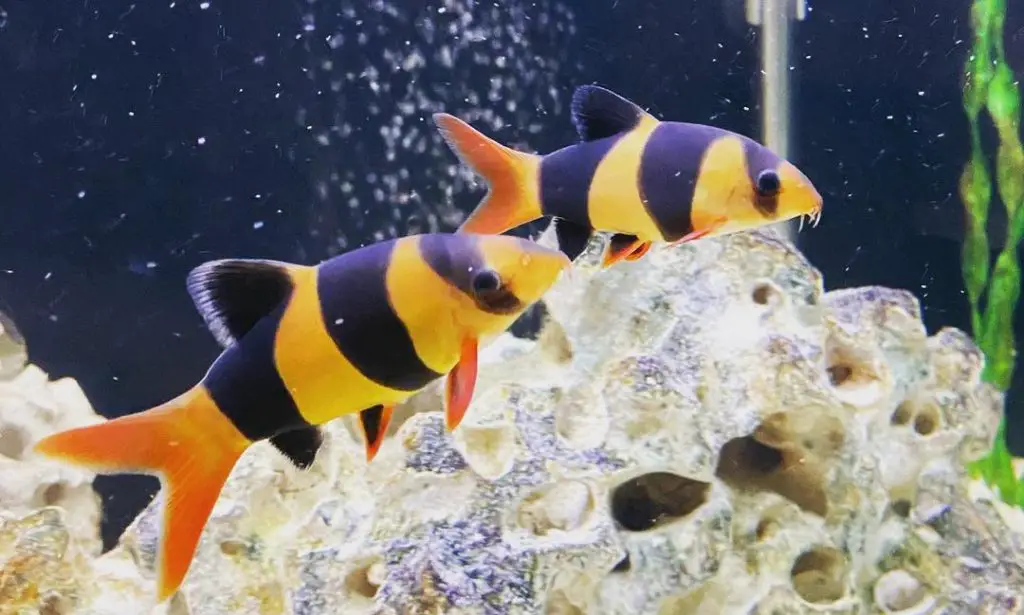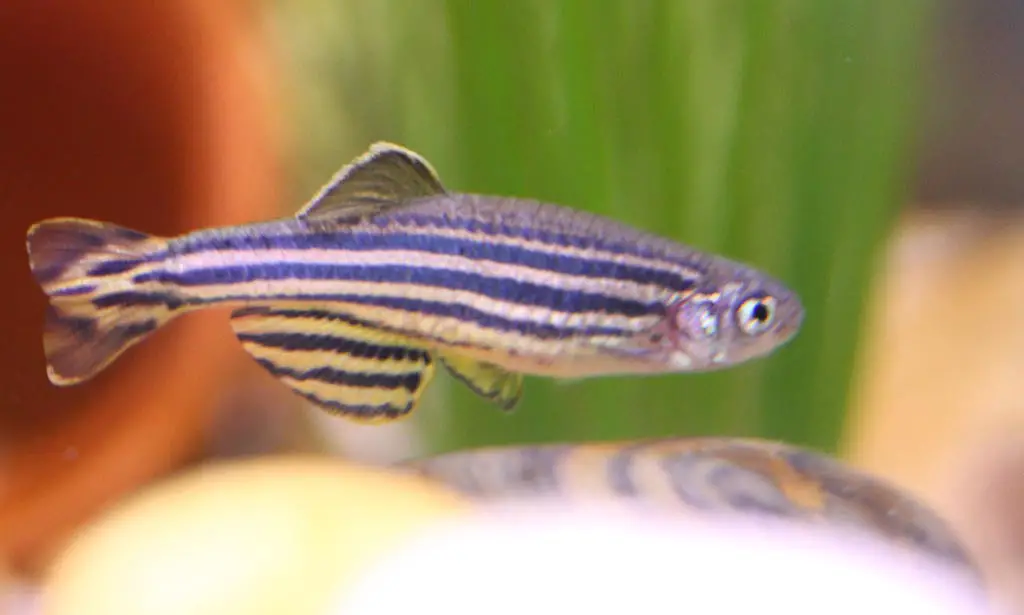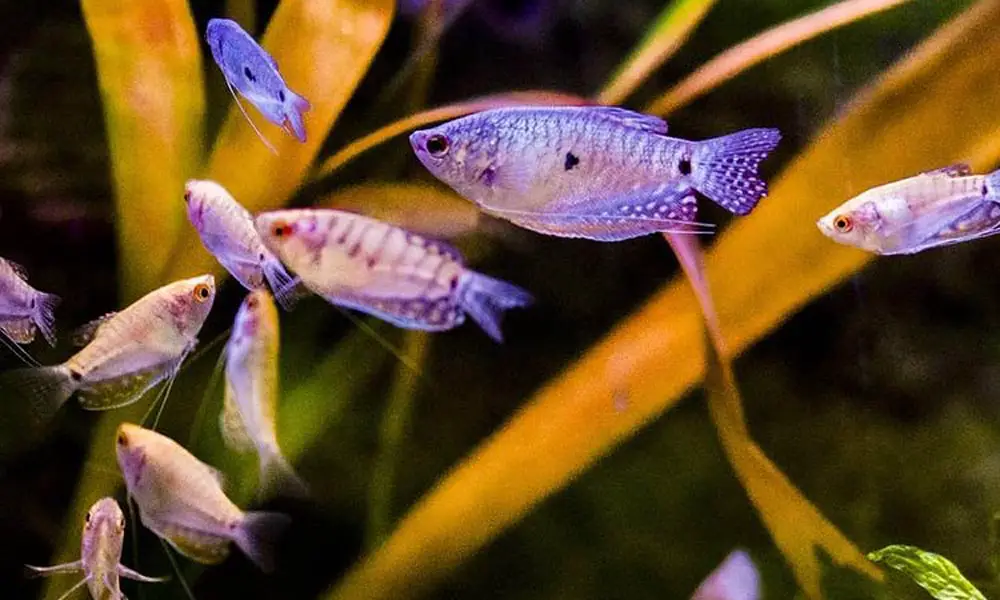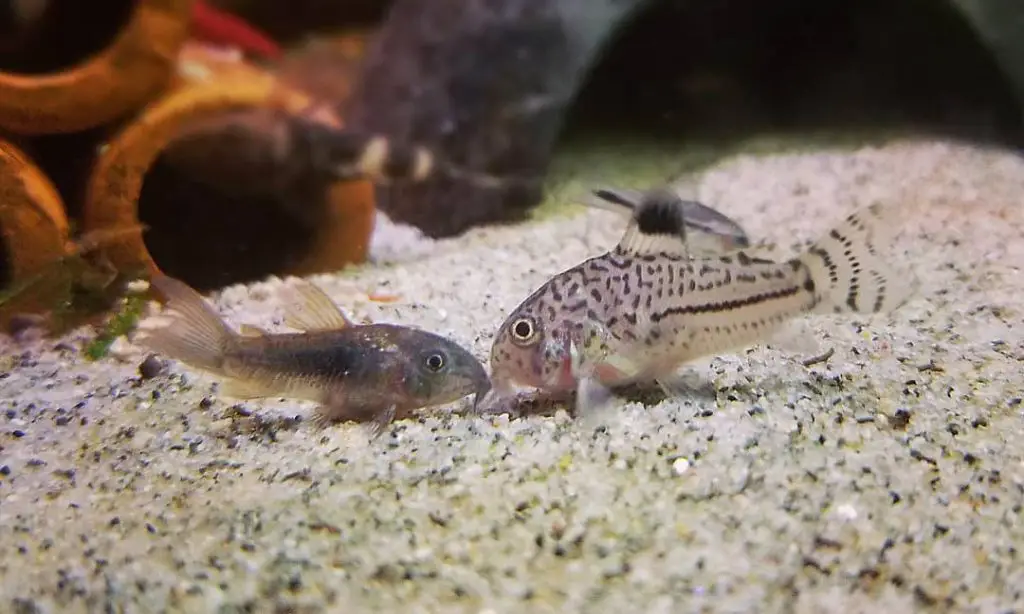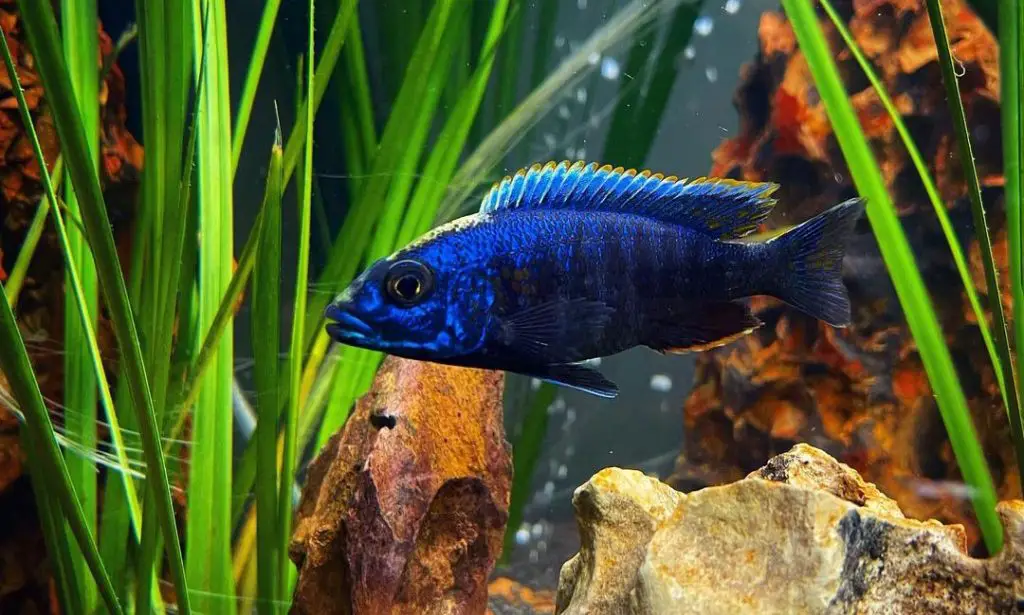While both the Rainbow Shark and the Bala Shark are stunning in an aquarium, there are a lot of factors to consider if you are looking at having them in the same tank.
Their fully-grown size, behavior, and other aspects are key when considering having Bala Sharks and Rainbow Sharks live together. Keep reading to find out more information about whether it is recommended to have both of these fish living together.
Can Bala Shark and Rainbow Shark Live Together?
Bala Sharks can live peacefully with many other tropical fish; however, it is a different story for Rainbow Sharks. Rainbow Sharks, in many cases, tend to show aggression towards other similar shark and fish species, including the Bala Shark.
Because of this, it is not recommended to have Rainbow Sharks and Bala Sharks in the same tank.
Rainbow Sharks may also chase or even attack their own species if there is more than one kept in a tank. However, Rainbow Sharks can be placed with other tropical fish in the same tank as long as they are not (or do not appear) to be of the same species.
Species Overview: Bala Shark Vs. Rainbow Shark
The Bala Shark, or Balantiochelios melanopterus, is part of the Cyprinidae family. This family includes carps and minnows, which means that the Bala Shark name is a bit of a misnomer and is not actually considered to be a shark.
It may also be called the Tricolored Shark or Tricolored Minnow when you find them in stores. And because the juvenile fish may be only 3-4 inches, one might think that these fish do not grow very large. However, Bala Sharks can quickly increase in size and outgrow most standard tanks.
Another thing to keep in mind is that many pet stores will not accept full-grown Bala Sharks back, as they can reach 13 inches (35 cm), which is too large for their tanks. So it is a good idea for you to do your research before selecting Bala Sharks and to make sure that your tank is large enough to accommodate them into maturity.
The Rainbow Shark (Epalzeorhynchos frenatum), sometimes referred to as the whitefin shark or ruby shark, is also part of the Cyprinidae family, meaning it is not considered a true shark as well. These do not grow as large as Bala Sharks, and typically only reach 6 inches (15 cm) in length.
| Common Names: | Bala Shark, hangus, Malaysian shark, silver bala, silver shark, tricolor shark, tri-color shark minnow | Rainbow Shark, ruby shark, red-fin shark, red-finned shark, rainbow sharkminnow, green fringelip labeo, whitefin shark and whitetail sharkminnow |
| Scientific Name: | Balantiocheilos melanopterus | Epalzeorhynchos frenatum |
| Origin: | Southeast Asia | Southeast Asia |
| Family: | Cyprinidae | Cyprinidae |
| Max Size: | 13 inches (35 cm) | 6 inches (15 cm) |
| Social: | Peaceful schooling fish but may eat small fish. | Peaceful juveniles, but adults can be aggressively territorial towards other similarly shaped. |
| Care: | Easy to intermediate. | Intermediate |
| Lifespan: | 10 years | 15 years |
| pH: | 6 to 8 | 6 to 8 |
| Temperature: | 72 to 82 F (22 to 28 C) | 75 to 81 F (24 to 27 C) |
| KH: | 5 to 12 dGH | 5 to 11 dGH |
| Diet: | Omnivore | Omnivore |
| Tank Level: | All levels | Bottom to mid levels |
| Breeding: | Egg-layer, is difficult in a home aquarium setting. | Egg-layer, is difficult in a home aquarium setting. |
| Tank Size (Minimum) | 120 gallons | 50 gallons or 55 gallons |
Behavior and Temperament
The main reason why it is not recommended to keep these two fish together, is because Rainbow Sharks have a tendency to act aggressively towards other similar species. However, the Rainbow Shark can be placed with other tropical fish species, such as barbs, and can live quite happily in an aquarium.
Interestingly, in the wild, Rainbow Sharks are not known to be aggressive with their own kind, however, tend to be more aggressive when placed into a home aquarium environment.
While both fish are considered to be omnivores, it is also generally not a good idea to place Rainbow Sharks with any timid or small creatures, as they may act territorial and chase or even eat the smaller and slower fish. This may also create a stressful environment for the other inhabitants of your aquarium.
Bala Sharks, on the other hand, can usually get along quite well in most aquariums and prefer to school with others of their kind. Be cautious though, as they eat shrimp and snails, and even smaller fish, and as mentioned above, they may grow too large for most household tanks.
Fish Size, Age, and Gender

Bala sharks can grow up to 14 inches (35.5 cm), making them a large addition if you are looking to keep them in a tank. Also, they have a fairly long lifespan, with some Bala Sharks living to be 10 years old. Females and males of the species look similar in most instances, and can be difficult to tell apart even once they are grown.
Bala Sharks are typically silver, with black marks on their fins. Rainbow Sharks bodies can be black or a variation of blue. Their fins are typically orange in color, making them a striking addition to aquariums. Rainbow Sharks grow quite a bit smaller than Bala Sharks, with an average grown length of 6 inches (15cm).
There are also more variations between the Rainbow Shark females and males, as the males are typically thinner, with their tail fins hosting a more dark coloration than their female counterparts. These fish can live up to 8 years.
Tank Size and Dimension
As the size of the Balas can be quite large, and also because they do better in schools, it is suggested a tank that is at least 125 gallons would be necessary for multiple Bala Sharks. Some pet owners have also remarked that Bala Sharks may try to jump out of tanks, so having a lid for your aquarium is highly encouraged.
Rainbow Sharks are more modest and may be housed in a tank of 50 gallons. Rainbow Sharks can be helpful as they may clean up your tank by eating built-up algae off of the sides.
Social

As mentioned above, Bala Sharks like to be with their own kind, and groups of 3 or more are preferred.
Rainbow Sharks, on the other hand, should be kept as the only one of its species in a tank, or else may exhibit aggression towards their lookalikes. But when paired with fish such as barbs, cichlids, catfish, and gouramis can do quite well in a modest aquarium.
Water Conditions
Both species in their natural habitat come from Southeast Asia, basically they share the same preferences for water conditions. However, Bala Sharks are slightly hardy and, in most cases, can withstand changes better than Rainbow Sharks.
Breeding
Not much information is found on Bala Sharks being able to be bred in tanks, outside of the use of hormones for commercial breeding. They do lay eggs but have not been able to reproduce in an aquarium setting.
The same can be said for Rainbow Sharks; though they are also known to lay eggs, it is difficult to find information on the successful breeding of those kept in an aquarium.
Conclusion
In short, the Bala Shark and the Rainbow Shark should not be housed together due to the Rainbow Sharks possible aggressiveness. There is also an issue of tank size and schooling with the Bala Shark that needs to be considered, as Bala Sharks can grow over a foot long and like to be with similar species.
In conclusion, Rainbow Sharks overall are not recommended to be in a tank with any similar species or fish that looks similar to them, as they can become territorial and attack their relatives.
